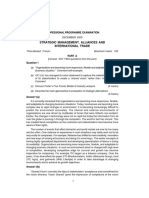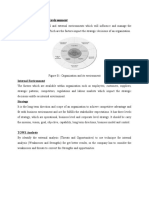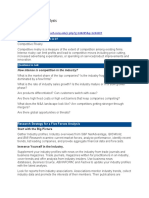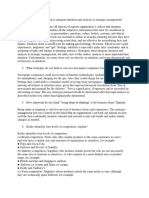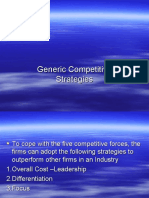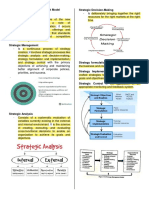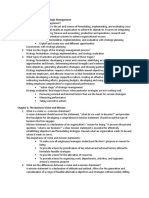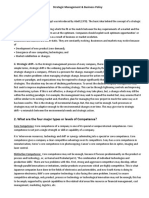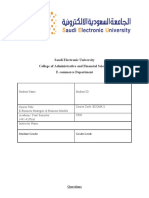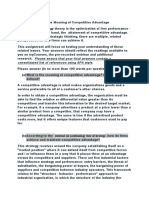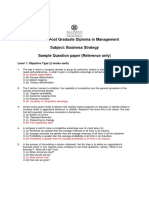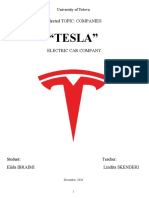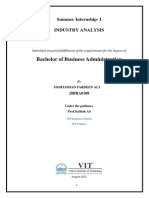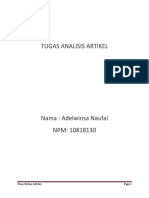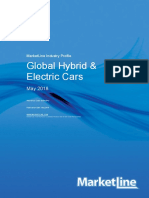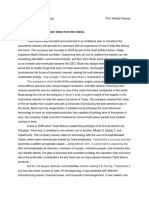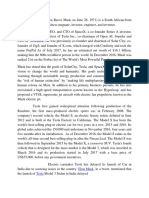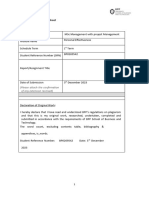0% found this document useful (0 votes)
25 views8 pagesBMNG7311 Exam
The document discusses business management exam questions covering topics like strategy tests, competitive intelligence sources, the balanced scorecard, capability lifecycles, political-legal risks, technological developments, Porter's five forces model, and types of competition. It provides details and examples for each topic from a 2019 business management textbook.
Uploaded by
StormCopyright
© © All Rights Reserved
We take content rights seriously. If you suspect this is your content, claim it here.
Available Formats
Download as DOCX, PDF, TXT or read online on Scribd
0% found this document useful (0 votes)
25 views8 pagesBMNG7311 Exam
The document discusses business management exam questions covering topics like strategy tests, competitive intelligence sources, the balanced scorecard, capability lifecycles, political-legal risks, technological developments, Porter's five forces model, and types of competition. It provides details and examples for each topic from a 2019 business management textbook.
Uploaded by
StormCopyright
© © All Rights Reserved
We take content rights seriously. If you suspect this is your content, claim it here.
Available Formats
Download as DOCX, PDF, TXT or read online on Scribd
/ 8









